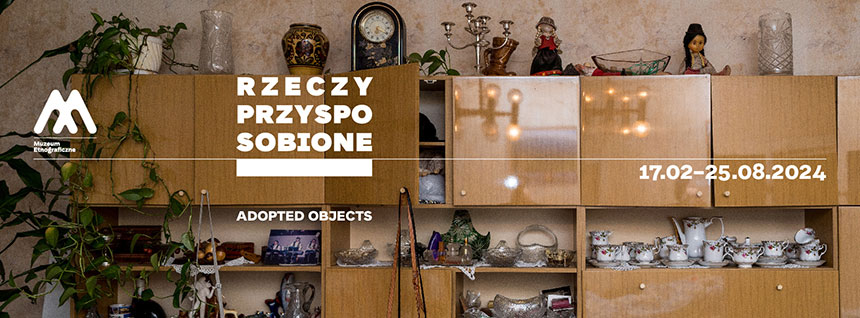Caron Lipman describes various practices involving objects left behind by the previous owners of a house or flat, emphasizing their impact upon the space and its current residents.
Among the many types of meaningful objects, she identifies the “ritual” category. Generally, their continued presence in a given space is motivated by some specific instruction or oral tradition. But some objects – notes Lipman – are even more special: they have been inherited with instructions attached to leave them in situ, undisturbed. The value of these objects is often conveyed orally by persons entitled to pass this information.
Taking Tea
chromolitograph
Wrocław
courtesy of the owner
Upon moving into their new home in Wrocław shortly after the war, the parents of the chromolitograph’s current spent several months in cohabitation with its German owners. The two families lived together under one roof sharing the house, each occupying one floor of its two floors. When the German family was finally forced to leave, they asked the new residents to retain a picture hung on the wall undisturbed and the newcomers obliged. It has remained in situ despite the changing circumstances, residents, and furnishings. To this day, the large chromolitograph depicting an evocative scene of beautiful ladies taking tea in a garden still hangs on the same wall, in the same place. It is the room’s principal focus and guides the selection of furniture.
